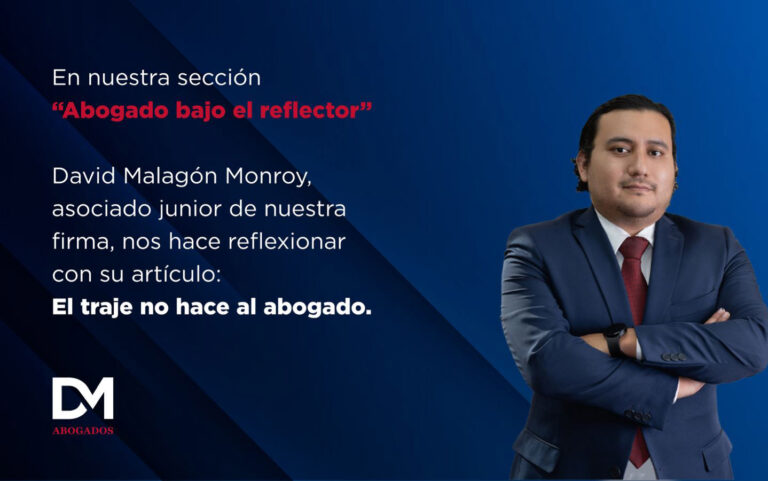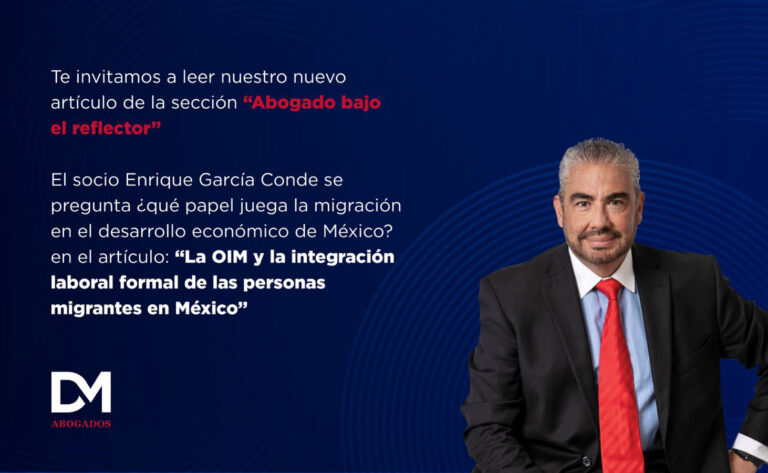The NOM [Official Mexican Standard] on Teleworking is already in force and it brings new rules, and challenges, for the implementation and continuity of remote work in the country. For example, considering what the new standard establishes, can you work from a cafeteria?
La NOM-037 makes it mandatory for employers to verify that the place in which the remote worker will conduct his work meets the proper safety and health conditions; to this end, employers must answer a series of questionnaires. With the entry into force of the regulation, workers also acquired new obligations, one of which is notifying their employee about any change in the address from which the service will be provided.
The new regulation defines the place of work as the “fixed and private physical space, outside of the work center and separate from it, agreed upon with the employer.”
Then, can you work from a cafeteria?
“Strictly speaking, you cannot do this, unless you include its address in the agreement or covenant that formalizes the modality. Today, with the regulations that are in place, the position is that it must be a fixed domicile; if it is not, we would not be complying with the regulation and this would create additional risks because, as an employer, you would not be able to ensure that the worker will conduct his work in a safe place. It is a risky modality, I do not see it as being impossible, but you would definitively not be in compliance”, explains Jimena Sánchez Argoytia, partner at the D&M Abogados Firm.
In practice, the specialist believes, companies are limiting teleworking to a fixed location, but this can drive employees not to report that they are providing their services from other locations. “It is a reality, we all do it, you go to a cafeteria occasionally.”
This scenario is a result of the lack of practicality of the NOM on Teleworking for permitting a work dynamic to take place for a few hours from a cafeteria, a restaurant and even a coworking office.
“If you are at your apartment today and the power goes out, and you need to go to a cafeteria in order to have connectivity, but you have an accident on the way to the cafeteria or the cafeteria catches fire, all of those aspects that are out of the employer’s and of the teleworker’s control are not provided for in the standard”, Jimena Sánchez states.
What is the objective of the provisions established by the NOM on teleworking? Guaranteeing that the place in which teleworking takes place is appropriate in regard to safety and health matters; hence the obligation of verifying the conditions of the area in which the service will be provided.
However, from the perspective of Jorge Sales Boyoli, managing partner of the Sales Boyoli Firm, the definition of teleworking in the Federal Labor Law (LFT) leaves the door open for the provision of the service from a cafeteria or from a resort to be possible.
“The worker under the modality of teleworking will be the one providing his personal, paid and subordinate services at a place other than the company facilities or the employer’s source of work and uses information and communication technologies”, Article 330-A of the LFT specifies.
In this context, the specialist emphasizes, “the standard cannot regulate beyond what the Law says. There is no doubt that if a worker conducts more than 40% of his usual workday from a cafeteria, this will be considered as teleworking in accordance with the reform on teleworking of January of 2021.”
However, Sales Boyoli states, although remote work from a cafeteria can be legally acknowledged, “There is no specific regulation for these scenarios. The law provides for a general regulation and, from a legislative technique point of view, we cannot ask the law to cover all possible scenarios.”
Who decides whether teleworking is conducted or not?
NOM-037 specifies that employers must verify that the place in which remote work is conducted, agreed upon with the employee, complies with the necessary safety and health conditions, but it does not specify what happens if one of those conditions is not appropriate.
According to the specialists that were consulted, the employer is the one who decides whether the worker can conduct teleworking in the event of not complying with all of the aspects established in the new regulations,
“The checklists cover aspects that, surely, the majority of teleworkers in Mexico do not comply with. I believe that not all of them will reach 100% compliance and the employer will have to evaluate the level of risk that he is willing to take in order to maintain the modality”, Jimena Sánchez states.
The following are the aspects established in the Teleworking NOM for considering a physical area as being safe for conducting work:
- Clean and orderly, without unnecessary materials, objects, or equipment
- With natural or artificial illumination that does not cause glares or visual fatigue
- With pleasant temperature and ventilation
- With a noise level that does not affect concentration
- With a desk and chair that prevent ergonomic risks
- Preferably private in order to avoid interference and interruptions
Additionally, teleworking must allow a balance between work and personal life, including the possibility of working flexible hours. It must also allow for breaks and periods of rest during working hours, respect for digital disconnection and a mechanism for communicating with the employer to report cases of domestic violence.
All of these measures have the objective of preventing risks due to physical, mechanical, chemical, ergonomic and psychosocial aspects.
“The questionnaire is an item that must be complied with, but it does not demand a minimum or a maximum score. It is a frame of reference for the employer, which he uses to decide whether the necessary conditions are met or not”, Jorge Sales Boyoli explains.
But in cases in which the employer allows teleworking under conditions that are not appropriate, “he will have to take responsibility for this decision. If the worker eventually develops an illness or runs a risk caused by not working in a well-lit area, the employer will have to assume the responsibility of having allowed teleworking in conditions that were not optimal”, the specialist warns.




